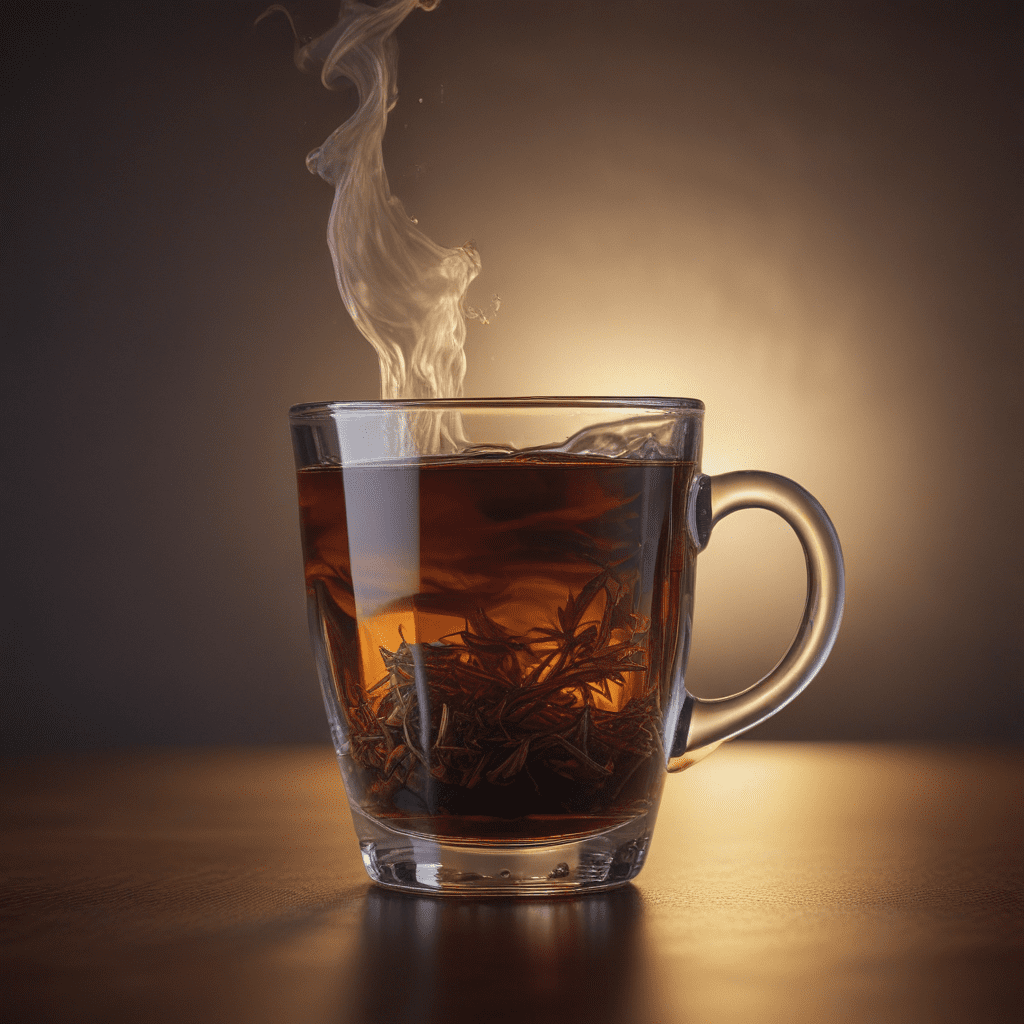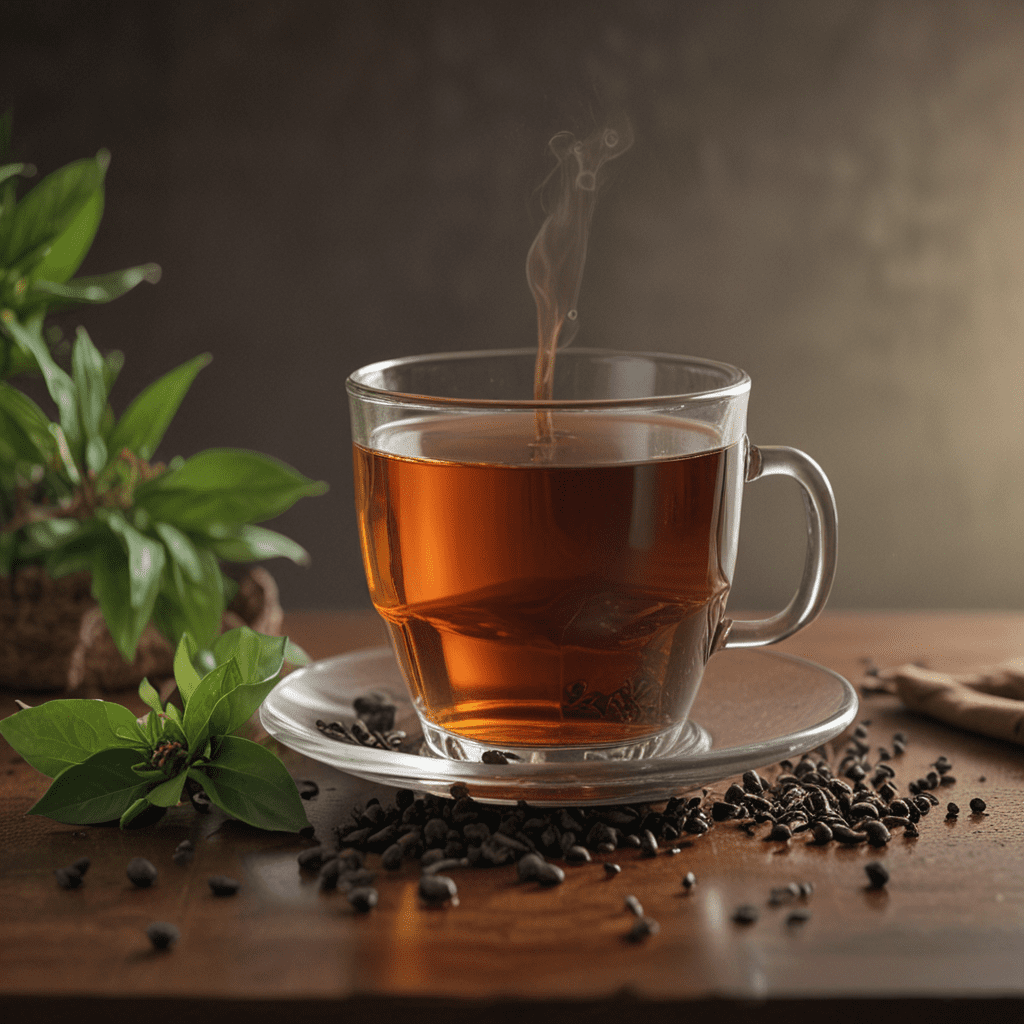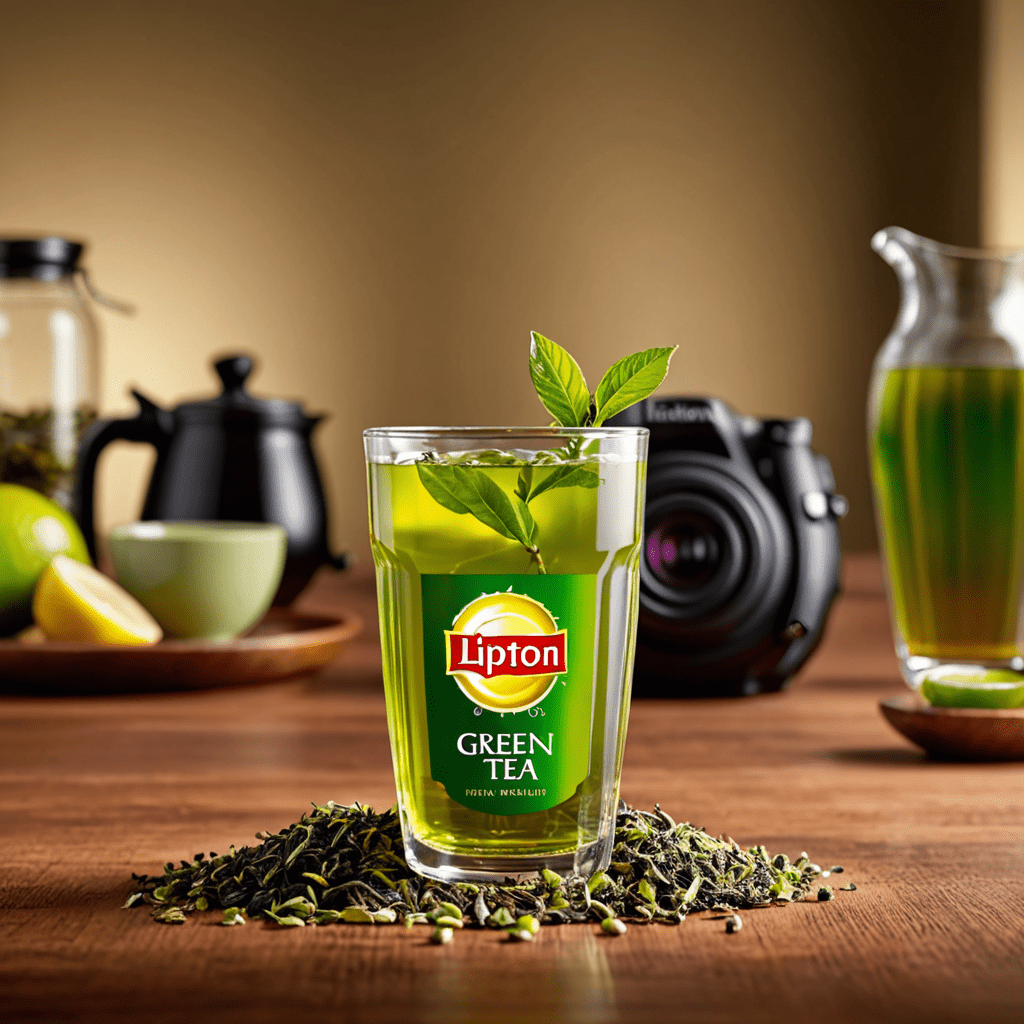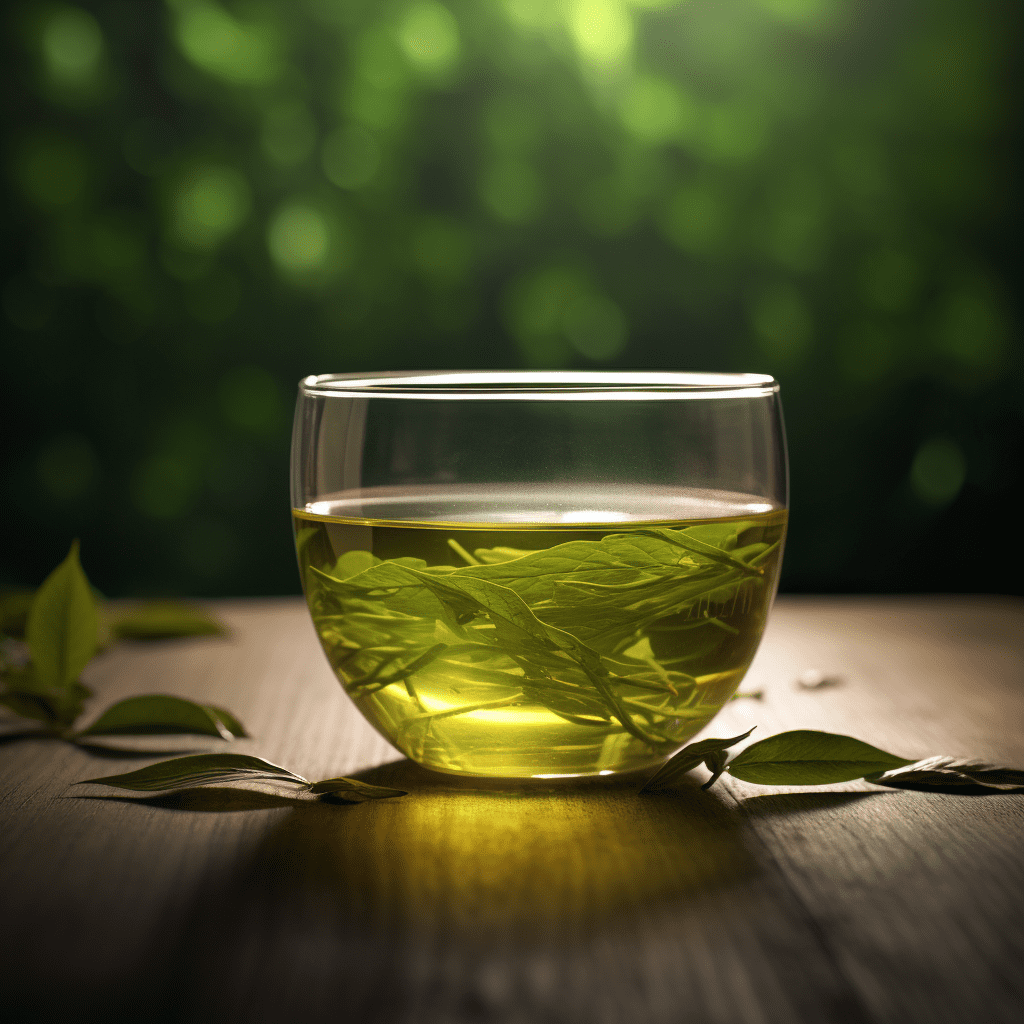1. A Historical Infusion: The Origins of British Tea Culture
The aroma of freshly brewed tea, the gentle clinking of china cups, and the comforting warmth of a steaming mug – these are hallmarks of British tea culture, a tradition deeply rooted in history and intricately woven into the fabric of society. The story of British tea begins in the 17th century, when the East India Company, a powerful trading corporation, introduced tea to the shores of Britain. Initially a luxury enjoyed by the wealthy elite, tea gradually gained popularity, its consumption fueled by the company's extensive trade routes and clever marketing strategies.
The rise of tea houses and coffee houses provided dedicated spaces for social gatherings and tea appreciation, further solidifying its place in British society. From the bustling streets of London to the cozy countryside cottages, the aroma of tea became synonymous with warmth, hospitality, and shared moments. Over time, tea evolved from an exotic novelty to a national beverage, deeply ingrained in British culture and identity.
2. Beyond a Cuppa: The Rituals and Etiquette of British Tea
British tea culture is not merely about the beverage itself but encompasses a rich tapestry of rituals, etiquette, and social conventions. The quintessential afternoon tea, a delightful spread of finger sandwiches, delicate scones with clotted cream and jam, and an assortment of pastries, is a cherished tradition.
Regional variations add a unique charm to the experience. Cream teas in Devon and Cornwall feature scones served with clotted cream and strawberry jam, while high teas in the North of England offer a more substantial spread with savory dishes like meat pies and sausage rolls.
The significance of tea times extends beyond mere refreshment. The customary "elevenses" and "afternoon tea" provide structured breaks in the day, fostering a sense of community and shared ritual. Etiquette plays a subtle yet important role, with conventions like using a tea strainer, stirring gently, and offering milk or sugar before adding it to the tea. These customs reflect a respect for the tradition and a shared understanding of the social significance of the tea ritual.
3. A Steeping Diversity: Exploring British Tea Varieties
The world of British tea is a diverse landscape, offering a wide range of flavors and experiences. From classic black teas like English Breakfast and Earl Grey to soothing herbal infusions and fragrant blends, there's a tea to suit every palate. Regional specialties like Yorkshire Tea, renowned for its robust flavor, and Darjeeling, known for its delicate muscatel notes, add to the richness of the tea experience.
The choice between loose leaf teas and tea bags often sparks debate, with loose leaf enthusiasts praising the superior quality and nuanced flavors, while tea bags offer convenience and ease of preparation. Tea shops and specialty retailers play a crucial role in educating consumers and offering a curated selection of teas, catering to both connoisseurs and casual tea drinkers.
4. A Modern Twist: Innovation in British Tea Culture
While tradition forms the bedrock of British tea culture, innovation continues to shape its evolution. Contemporary trends like matcha, a vibrant green tea powder with purported health benefits, and bubble tea, a playful Taiwanese import with tapioca pearls, are gaining popularity among younger generations. Fusion flavors like chai spiced blends and fruit-infused teas offer exciting new experiences for tea aficionados.
The rise of tea cafes and afternoon tea with a modern twist reflects a willingness to experiment with presentations and flavors, catering to a more diverse audience. Sustainability and ethical sourcing are also increasingly important considerations, with consumers seeking out teas that are produced responsibly and with minimal environmental impact.
6. Brewing the Perfect Cup: Understanding Tea Preparation
The art of brewing the perfect cup of tea is a delicate balance of science and personal preference. Water temperature and steeping time play crucial roles in extracting the optimal flavor and aroma from tea leaves. Black teas typically require hotter water (around 200°F) and longer steeping times (3-5 minutes), while green and white teas thrive in cooler temperatures (170-180°F) and shorter infusions (1-3 minutes). Herbal infusions are best steeped in hot but not boiling water (around 212°F) for 5-10 minutes. Experimenting with different brewing times is key to finding your personal sweet spot for each type of tea.
Steeping methods vary depending on personal preferences and available tools. Teapots offer a classic brewing experience, allowing the leaves to infuse fully while releasing their aromatic compounds into the water. Infusers, whether metal baskets or paper filters, provide convenience and ease of removal when steeping loose leaf teas directly in a cup or mug.
The choice between adding milk or sugar comes down to personal taste. Traditionally, milk is added to black teas like English Breakfast, rounding out their bold flavors. Sugar can further sweeten the drink or complement specific blends like Earl Grey's citrus notes. However, many tea connoisseurs prefer to savor the unadulterated flavors of loose leaf teas, appreciating their natural nuances and delicate aromas.
7. Beyond the Teacup: Exploring Tea-Inspired Cuisine
Tea's versatility extends beyond the realm of beverages, finding its way into culinary creations that tantalize the taste buds. From savory dishes that incorporate tea as a marinade or glaze to sweet treats that capture its aromatic essence, tea-infused cuisine adds a unique layer of flavor and sophistication to culinary experiences.
For instance, a pan-seared tuna steak marinated in a green tea and ginger mixture offers a refreshing contrast, while roasted duck glazed with Earl Grey tea and honey delivers a sweet and savory balance. Tea also finds its way into desserts like matcha ice cream, with its vibrant green hue and earthy taste, and Earl Grey panna cotta, which infuses the classic Italian custard with the fragrant aroma of bergamot. These culinary innovations showcase tea's versatility, transforming it from a comforting beverage to a captivating culinary ingredient.
8. A Celebration of Heritage and Modernity: Cultural Importance of Tea
British tea culture transcends the simple act of brewing and consuming a beverage; it embodies a rich tradition deeply embedded in society's cultural identity. Tea has inspired countless literary works, from Jane Austen's elegant afternoon tea descriptions in "Pride and Prejudice" to George Orwell's evocative use of tea as a symbol of British resilience in "Nineteen Eighty-Four." Artists like Vincent van Gogh and Claude Monet have immortalized tea rituals in their paintings, capturing both the elegance and informality of these social gatherings.
Furthermore, tea played a crucial role in shaping Britain's economic history, fueling its colonial endeavors and establishing trade links that extended to the farthest corners of the globe. Today, tea festivals like the Great British Tea Party and cultural events revolving around afternoon tea traditions celebrate this heritage and keep alive the spirit of community and shared experiences fostered by this quintessential beverage.
9. A Guide to Perfect Tea Brewing – FAQ: Frequently Asked Questions
What type of water should I use for brewing tea?
Filtered or spring water is ideal, as tap water may contain minerals that impact the tea's flavor. Avoid distilled water, as it lacks minerals that aid in tea extraction.
How many times can I reuse tea leaves?
The number of infusions varies depending on the tea type and personal preferences. Black teas can generally be reused 2-3 times, while green and white teas may yield up to 4 infusions with slightly weaker brews each time. Herbal infusions are typically best for a single use.
Can I use boiling water for all types of tea?
No, boiling water can be too hot for delicate teas like green, white, and oolongs, resulting in bitter flavors and loss of subtle aromas. Use the recommended water temperatures for different tea types to extract their optimal characteristics.
How do I store tea leaves properly?
To preserve freshness, store loose leaf teas in airtight containers, ideally made of ceramic or tin, away from direct sunlight and strong odors. Avoid storing tea in the refrigerator, as moisture can affect quality.
Where can I find a variety of tea blends and accessories?
Specialty tea shops, online retailers, and even some well-stocked supermarkets offer curated tea selections and brewing accessories like teapots, infusers, and strainers. Don't hesitate to ask in-store staff for recommendations based on your taste preferences.



